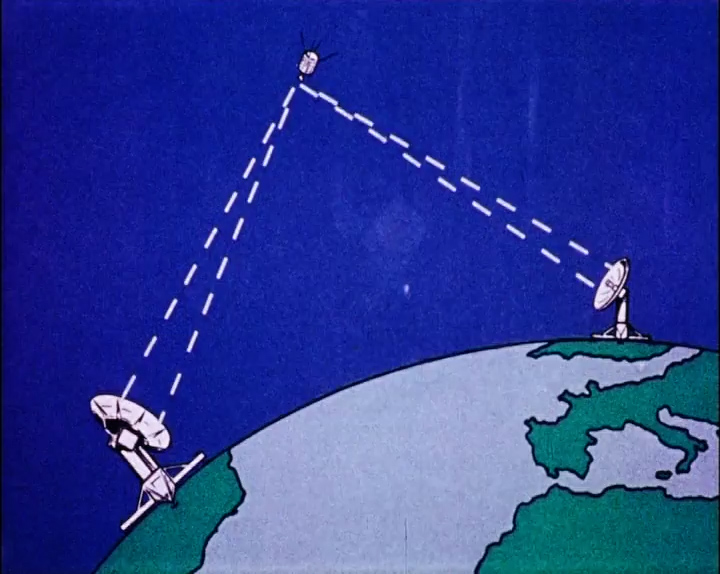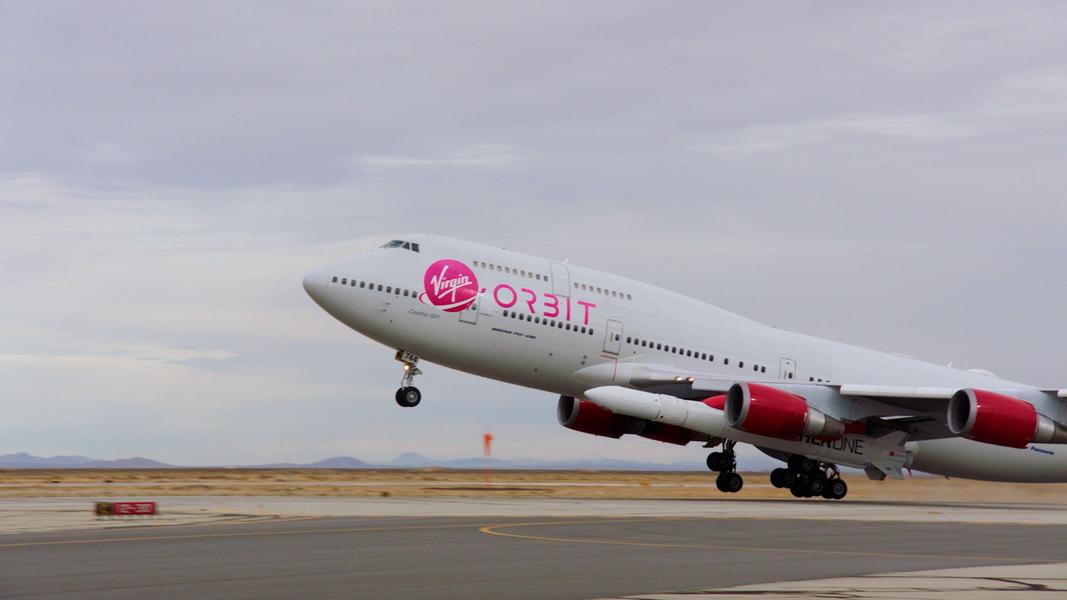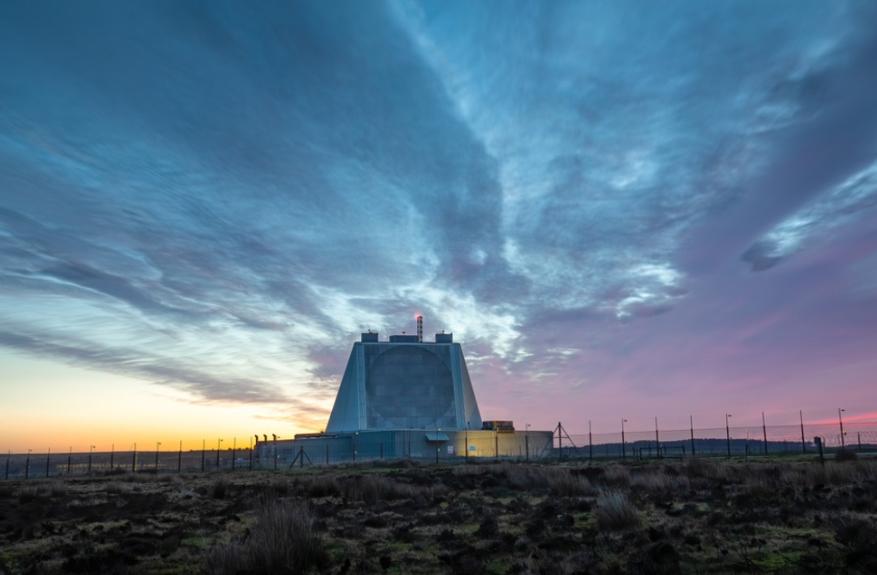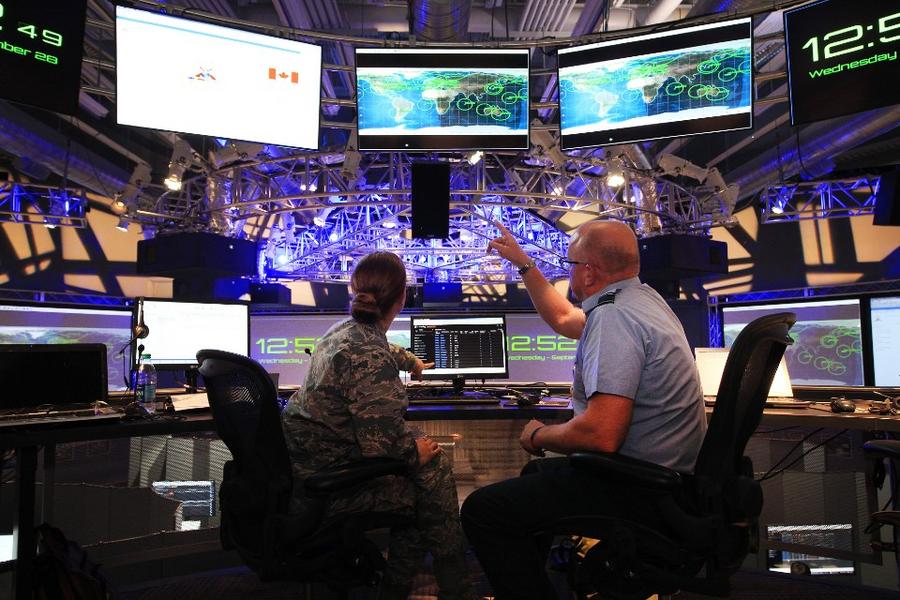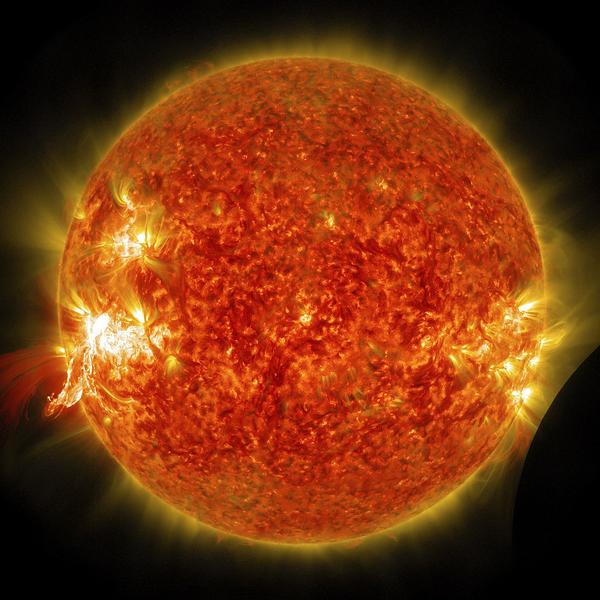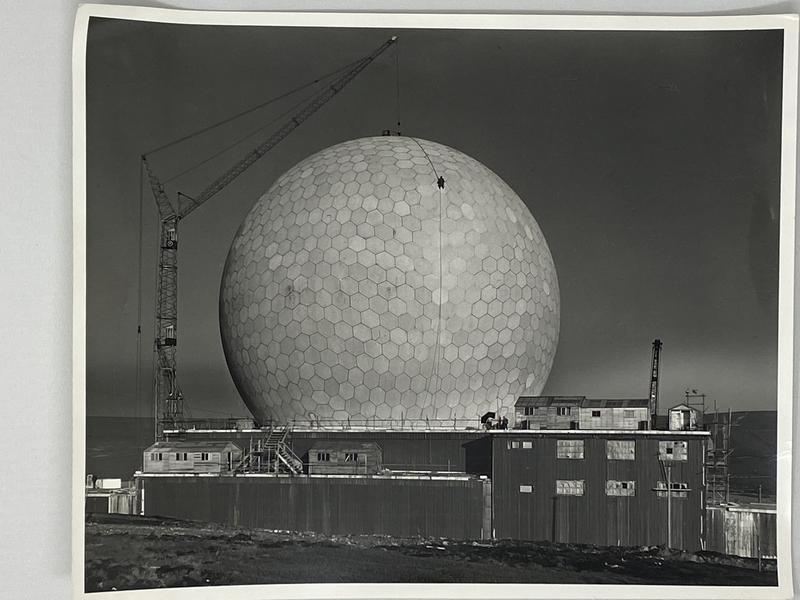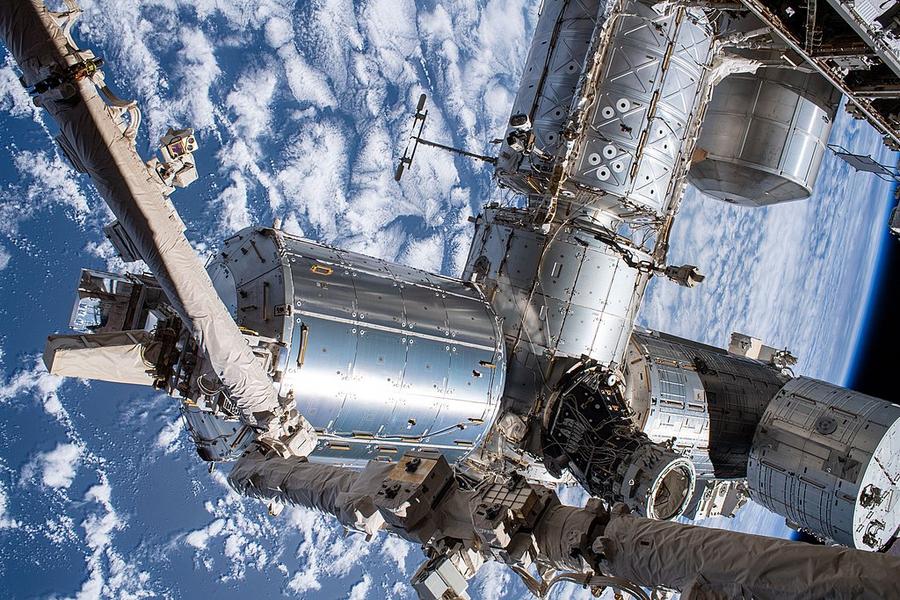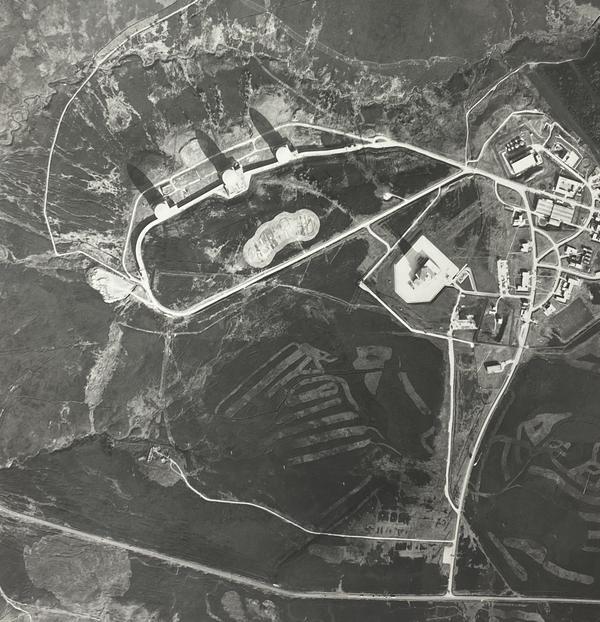medium Earth orbit,
and then there's geo orbit and then deep space.
Deep space, are for those satellites/rockets
that may go to the moon,
other planets and outside the solar system.
So that's deep space.
Geosynchronous orbit,
is an orbit,
which if you was to place an object into that orbit,
it would orbit the earth
at the same speed as the earth.
So it will always appear above one point of the Earth.
Primarily used by TV companies, your Sky TV for instance,
you've got a radar dish on the side of your house,
which doesn't move. It just points in one direction.
And it's always pointing at the satellite required because
it's orbiting the Earth at the same rotational speed
of the earth.
So that's geosynchronous.
Then you've got medium Earth orbit,
which is between the Earth and geosynchronous.
Mainly used by
the satellites with GPS.
So all your satnavs that you have in your cars,
on your phones
they're all speaking to the satellites
that are in medium Earth orbit.
There are numerous satellites in that orbit.
So we've got worldwide coverage.
The Americans have got their GPS system,
we have ours, the Chinese have theirs,
the Russian have theirs.
So we can all, all our phones and cars
will work with their satnavs.
Then we come down to the most busiest one,
which is the low Earth orbit.
These are satellites that are like gone into the same
distance and you can use them for all sorts of
missions if you like,
communications, photography,
reconnaissance of electrical site
by
earth resources.
Band are in that orbit
so that's where the International Space Station is,
the Chinese space station is.
So that's the best orbit and the most congested.
And there's various inclinations in the low earth orbit.
It really does depend on where
you want your satellite to
fly over.
Pointing at Earth every so often during the day.
Then you would just decide what inclination.
And an inclination is very similar to a latitude.
An inclination, even though it's sort of geocentric,
it's actually very similar to a latitude of the Earth.
So a 51 degree inclination
is very similar to a 51 degree latitude,
which is sort of Cornwall-ish in the UK.
So that's why the ISS flies over Cornwall
and we can all see it.
